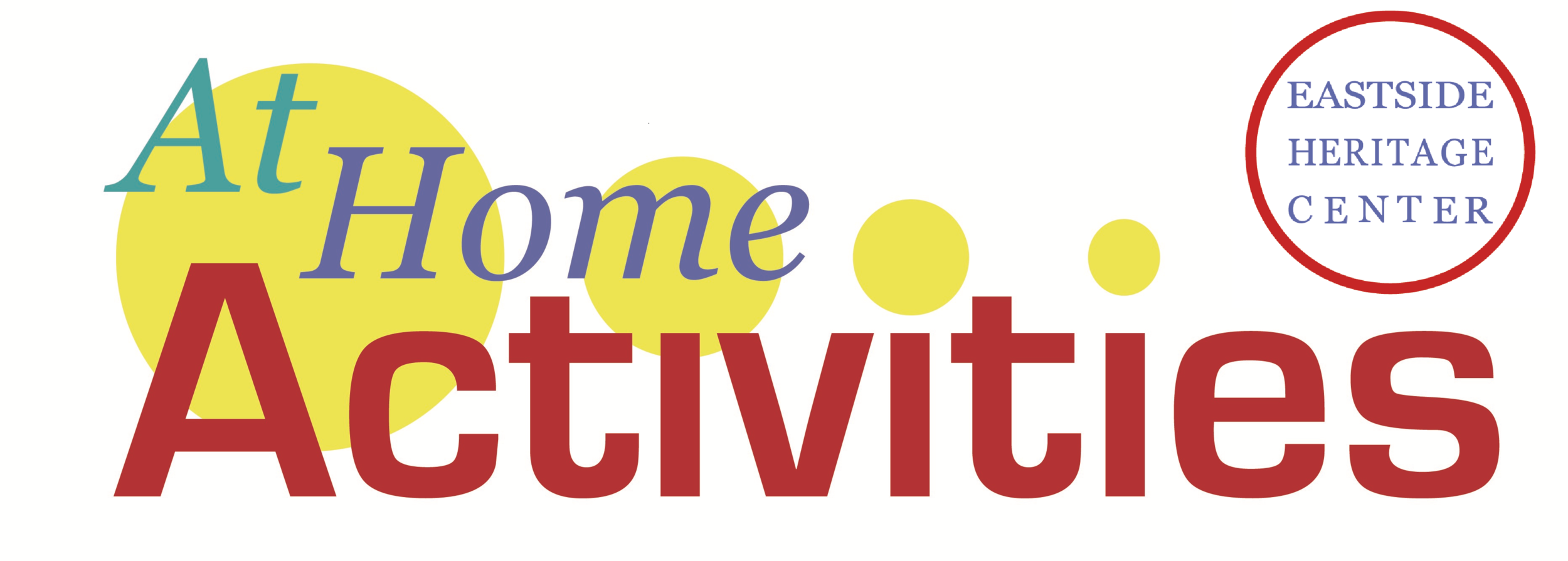A CHORE FOR EVERYDAY
The first person outside of Native American tribes to visit Lake Washington was Colonel Isaac Ebey who arrived in 1850 by way of the Duwamish river. Soon after his visit the first people of European descent settled in the region. At first people stayed close to the village they had built in what is now Seattle but in 1862 the Homestead Act gave the people living in Seattle a reason to move east of the lake. This allowed any one over 21 years of age to claim Native American land in the amount of 160 acres on which to live and farm.
Unlike the Native American populations which have called our region home for over 12,000 years, settlers in the late 1800s relied on cleared land for farming and goods from Seattle and other cities. As they built their cabins and established their farms a steady rhythm was created for chores and other household tasks.
The daily life of early settlers was not always easy. Chores had to be completed each day and often were completed by the younger children in the family. Below are the chores done and the days on which people would do them. I
For this activity, take a look at how chores were done and compare them with how your family completes chores today. Print the .PDF activity here or grab some scrap paper to complete the activity below. You can write or draw your answers.
CHORES:
Monday is washing day. Doing the wash by hand could take all day. To wash clothes, people rubbed them on a washing board with soap and water kept in a tub or bucket. Then, they were hung up outside on ropes known as clothes lines. Clothespins (pegs) were used for hanging the washing outside to dry. If it was raining, a place near the fire is used to get the job done.
What tools were used to get the wash done by early settlers?
What tools do we use today?
Tuesday is ironing day. Irons looked very different before electricity. The iron had to be heated on the stove or over a fire and very carefully used on the cloth. Ironing was important since using a washboard often makes clothes extra wrinkled.
What are the differences between how people ironed in the 1800s and how we do it today?
Wednesday is mending day. Clothing is reused often for multiple members of the family. A needle and thread are a necessity. Knitting is also done on this day. Early settlers made their own clothes and sometimes even their own yarn.
Draw the outfit you would make if you got to make your own clothes.
Thursday is butter making day. If the family has a cow, the cream is separated from the milk and churned in a butter churn. When clumping occurs, the butter fat can be separated from the butter milk. Butter often had to made more often than one day a week.
What are the steps settlers followed for making butter?
What are the steps for getting butter today?
Make your own butter today: To make butter at home, start with heavy whipping cream found in the grocery stores. Use a hand mixer (or shaking jar) to whip until the butter fat clumps and the butter milk is left. Squeeze the excess milk from the butter and it is now ready to eat. It has no salt and no preservatives so use quickly. Best on warm bread or rolls.
Friday is cleaning day. That means everything in the house. These chores which vary from family to family may have also varied from week to week. Sweeping is always needed.
What are some chores your family does every week?
What is a chore that you only so sometimes or seasonally?
Saturday is baking day. Bread is always needed for each meal. Making bread is a long process although the ingredients are simple. Although you can add all sorts of things all that is necessary is water, flour, salt and yeast. Yeast helps the bread to rise and become fluffy. To make the yeast do its job you have to knead it and then leave the dough over night to rise. Have you ever helped you parents bake?
List some of the foods your family bakes at home.
How do families today get bread?
Sunday was rest day and often used for visiting neighbors. Before modern technology friends and family had to travel to each other’s homes to talk. They traveled by horse or one foot. Sometimes they rode in carriages, wagons, or buggies, these were all wheeled vehicle which horses pulled.
What are the ways people traveled in the past and today?
What are some ways you talk to friends and family without visiting?




